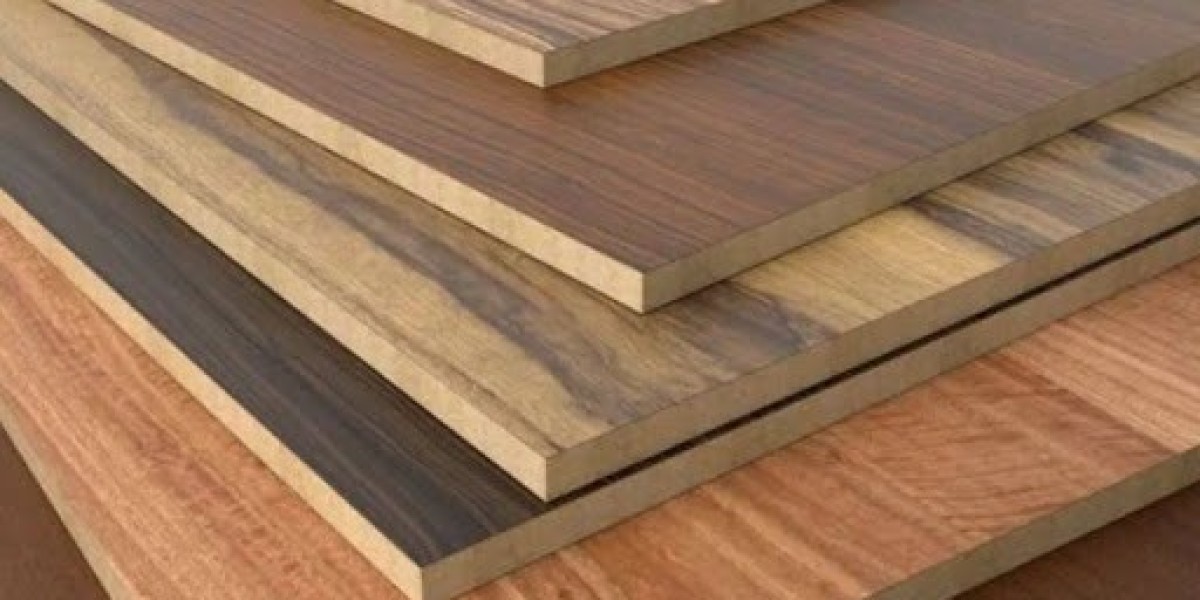When creating custom furniture or undertaking DIY home projects, selecting the right materials is crucial, especially regarding plywood. A popular choice for professionals and DIY enthusiasts alike, furniture plywood offers a perfect balance of strength, flexibility, and affordability. However, choosing the right one can be overwhelming with various plywood grades available. Whether you’re a seasoned craftsman or a beginner, understanding the grading system can help you select the best plywood for your furniture-making endeavors. In this guide, we’ll walk you through choosing the right grade of furniture plywood for your home projects.
Understanding Plywood Grades
Plywood is typically categorized into grades that reflect its quality and appearance. The grading system generally ranges from A to D, with A being the highest quality and D being the lowest. Here know about these grades in detail:-
Grade A: The Premium Choice
Grade A plywood is the top-tier option, prized for its smooth finish and minimal imperfections. It is ideal for high-quality, visible furniture pieces like dining tables, bookshelves, and cabinets where appearance matters. If you’re looking for plywood that will be painted or stained to showcase a polished, sleek look, Grade A is your best choice. While it’s more expensive than lower-grade plywood, the investment is worth it if you're crafting a piece of furniture that will be displayed.
Grade B: Great for Furniture with Some Imperfections
Grade B plywood offers a good balance between price and quality. It is a solid choice for furniture pieces that will be partially visible or concealed, such as shelves, wardrobe interiors, or cabinets with doors that will cover the panels. While it might contain minor defects like patches, small knots, or discoloration, these imperfections are usually well-placed and easy to hide.
Grade C: Economical for Hidden or Non-Visible Parts
Grade C plywood is often used for furniture where appearance is less critical. This furniture-grade plywood may have visible knots, splits, and other imperfections that make it unsuitable for exposed surfaces. However, Grade C plywood still offers solid strength and durability, making it perfect for internal furniture parts, such as the backs of cabinets, drawers, or internal supports.
If you’re crafting something functional, like a sturdy workbench or utility shelving, Grade C plywood can provide the necessary support without breaking the bank. While it might not look aesthetically pleasing, it is an excellent foundational material for more complex furniture.
Grade D: The Budget Option for Utility Projects
Grade D plywood is the lowest quality, often used for construction purposes rather than fine furniture making. It is suitable for furniture projects where appearance is of little concern, such as rough storage units, under-bed storage, or temporary pieces. This grade of plywood tends to have larger defects and is not recommended for long-term, high-traffic furniture.
However, if you’re a beginner or looking for a low-cost material to experiment with Grade D plywood can be a good starting point. It is also commonly used in shipping crates and other non-visible structures.
Considerations for Choosing the Right Grade of Furniture Plywood
Aesthetic Appeal: If the piece is highly visible, such as a dining table or bookshelf, opt for higher grades like Grade A or Grade B. These grades offer a smoother, more attractive finish that will be easier to stain or paint.
Functionality and Durability: For pieces that require structural integrity, such as cabinets or wardrobes, choose higher-quality plywood like Grade A or B for the outer surfaces, and consider lower-grade plywood like Grade C for the internal parts.
Supplier Reputation: When sourcing plywood, finding a reputable plywood importer like PG Wood Imports, which provides high-quality products that meet industry standards, is important. Ensure that the plywood is made from sustainable sources and free from harmful chemicals that can impact the environment and your health.
Conclusion
Choosing the right grade for your home projects is crucial in ensuring your creations are functional and visually appealing. Whether you go for the flawless finish of Grade A or the economical choice of Grade C, always consider the purpose of the furniture, its location, and your overall aesthetic goals.










